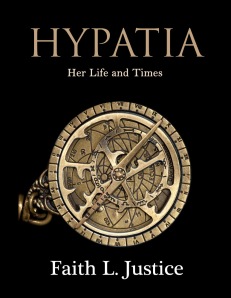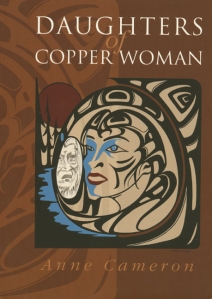Historian’s Notebook has moved. Details here.
 We authors—especially of historical fiction—cannot get along without our research books. (We also like to visit the places we write about, explore museum exhibits, and participate in archaeology and reenactments, but this post will talk about research of the armchair variety.) We prefer primary sources: journals, diaries, letters, histories, account lists, and literature written in the period, describing the people and events we want to write about; but that’s not always possible. For cultures that didn’t have a written language (the Iron Age Celts), or it was indecipherable (Egyptian hieroglyphs until the discovery of the Rosetta stone), or it was destroyed (Mayan books burned by conquering Spaniards); we have to rely on secondary sources. Books, essays, and articles by academics and other professionals in their fields are the best we can do for written research in such cases. But we have to be careful even with those. Just as in evaluating primary sources we have to keep in mind the biases and knowledge of the writer, we have to do the same with secondary sources. Let’s face it, there’s a lot of dreck out there—particularly on the internet—and historical fiction authors usually like to get as close to the truth as possible.
We authors—especially of historical fiction—cannot get along without our research books. (We also like to visit the places we write about, explore museum exhibits, and participate in archaeology and reenactments, but this post will talk about research of the armchair variety.) We prefer primary sources: journals, diaries, letters, histories, account lists, and literature written in the period, describing the people and events we want to write about; but that’s not always possible. For cultures that didn’t have a written language (the Iron Age Celts), or it was indecipherable (Egyptian hieroglyphs until the discovery of the Rosetta stone), or it was destroyed (Mayan books burned by conquering Spaniards); we have to rely on secondary sources. Books, essays, and articles by academics and other professionals in their fields are the best we can do for written research in such cases. But we have to be careful even with those. Just as in evaluating primary sources we have to keep in mind the biases and knowledge of the writer, we have to do the same with secondary sources. Let’s face it, there’s a lot of dreck out there—particularly on the internet—and historical fiction authors usually like to get as close to the truth as possible.
In researching Sword of the Gladiatix (soon to be available), I collected several books, articles, and pamphlets on Boudica and Roman Britain, most of an academic nature, a few of the more “popular” variety. The two biographies of Boudica I review below are the best by far of both types. You can read either or both and get a well-researched, readable history of the Iceni Queen, her times, and her legacy in popular culture. Which to read depends on your needs and nature. (more…)








